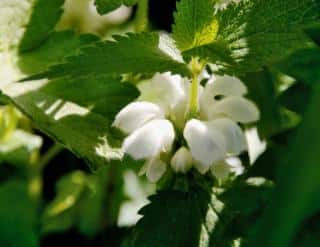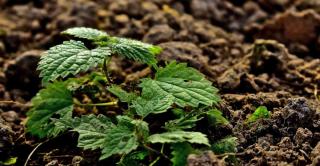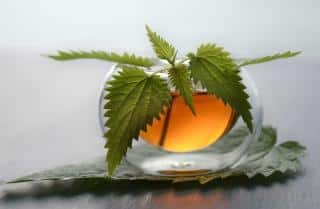

A prickly invader… but also one of the best medicinal plants of all! Nettle, as useful in the kitchen as it is in the garden, is worthy of our highest esteem.
It prospers in vacant lots, on roadside mounds and along pathways, the stinging nettle is often cause for many to remember the pain and burning felt as children, either from having fallen off a bicycle or because of cheeky joker friends. There are around thirty species in this genus, and the most common in Europe are the Great nettle (Urtica dioica) and the burning nettle (Urtica urens).

In the form of fermented tea, nettle is an excellent natural fertilizer, as well as a repellent and antifungal that helps fight mites and ticks, aphids, downy mildew and powdery mildew. It can also be added to compost to activate its fermentation.

Filter it (with a pair of old stockings, for instance) and pour it in plastic gallons. Spray it on plant leaves against fungus and insect attacks; and add it to the watering on roots to strengthen them.

Harvested while still tender, or when already chopped, they don’t sting anymore, so you can use them raw to replace parsley in all your preparations: mixed salads, sides, etc. When cooked, they are prepared much like spinach, for example as soup, quiche, pie, pesto, puff pastry, omelette, etc. Fresh or dried, it can be drunk in infusions, as a remineralization therapy at the start of each new season (drink three cups a day for three weeks).
Whichever appeals to you, harvest your leaves “organically” by collecting them from plants that are far away from cultivated and treated fields.
Laure Hamann